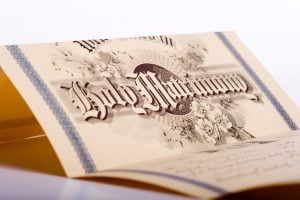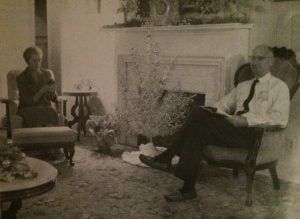The Great Equalizer

With a great deal of interest I watched the preparations and the people associated with the demise of Prince Philip, the Duke of Edinburgh. And I have decided that, despite their wealth and power and the world stage upon which they must live, when it comes to Death the royal family isn’t so very different from the rest of us.
Before you think I’ve lost my mind, please allow me to elaborate. Granted, most of us don’t spend sixteen years converting our vehicle of choice—a Land Rover—into a hearse with the intent that it will provide our final ride. Our services may not be broadcast to the world (perhaps live-streamed if the equipment cooperates and the Internet doesn’t go down) and the streets aren’t usually lined with a grieving mass of people (although I have seen that in my time . . .). Had we not been in the ‘midst of a pandemic, I’m sure there would have been dignitaries and world leaders in every nook and cranny of the chapel. Instead, there were a chosen few—the closest family members—who were allowed to attend. And they wore masks and practiced social distancing.
But think about William and Harry . . . and let’s add Charles to that mix. There has been a great deal made of the tension brought on by some of Harry’s decisions and the reactions of his family. That’s not something easily set aside when the need to address Death arises. Many families absolutely cannot, and there are times we’ve been told by the legal next-of-kin that a particular person’s presence is not to be allowed under any circumstances—usually because of some incident that occurred years before or some on-going feud they’re unwilling to pause. Fortunately, although there may be tensions over the past, most families manage to lay down their weapons long enough to honor the person who has died. And sometimes, they actually realize it’s best not to pick them back up afterwards. In other words, the loss of one family member can lead to the reconciliation of others.
The Duke himself had a great deal to do with the planning of his services, mainly because he was afforded the time—for example, his customized Land Rover hearse. Of course, most of us wouldn’t go to that extreme, but how many funerals have you attended where the hearse was replaced by a mule or horse-drawn wagon? Or a fire truck . . . or an El Camino? When people have the time to contemplate their own mortality and the farewell party they wish to have, those services often become a reflection of who they were. Prince Philip’s coffin was draped with the flag of Greece, his native country, and bore his cap and sword from his days in the Royal Navy. And behind the Dean of Windsor, who conducted the service, were all of Philip’s medals and insignia—just as many of our families will bring items that were dear to the person they are honoring so those may be displayed during their visitations and services.
But you know what struck me the most? What picture has stayed with me the longest? The Queen, as she sits silently and alone, head bowed, saying good-bye to her husband . . . her strength and her rock . . . of over 73 years. She even wrote a very personal note to him—a note that was quietly slipped into the flowers atop his coffin—a note that stayed there throughout the service and was entombed with him at its close. She signed it “Lilibet”, a childhood nickname that only he had used in recent years . . . only he because there was no one else living who had that kind of relationship with Her Majesty the Queen.
I don’t care who you are. I don’t care how much power you may exercise or how much wealth you may possess. Death brings grief, especially when he takes from you someone who has been that much a part of your life. When you look at the pictures documenting their time together, you find they are almost always smiling or laughing. Philip could make her laugh, even after so very many years, and I’m sure that quality endeared him to her—especially given her role in this life. And now, despite all the people who surround her, despite her position and her power and her wealth . . . she finds herself alone.
About the author: Lisa Shackelford Thomas is a fourth generation member of a family that’s been in funeral service since 1926. She has been employed at Shackelford Funeral Directors in Savannah, Tennessee for over 40 years and currently serves as the manager there. Any opinions expressed here are hers and hers alone, and may or may not reflect the opinions of other Shackelford family members or staff.
The post The Great Equalizer appeared first on Shackelford Funeral Directors | Blog.












